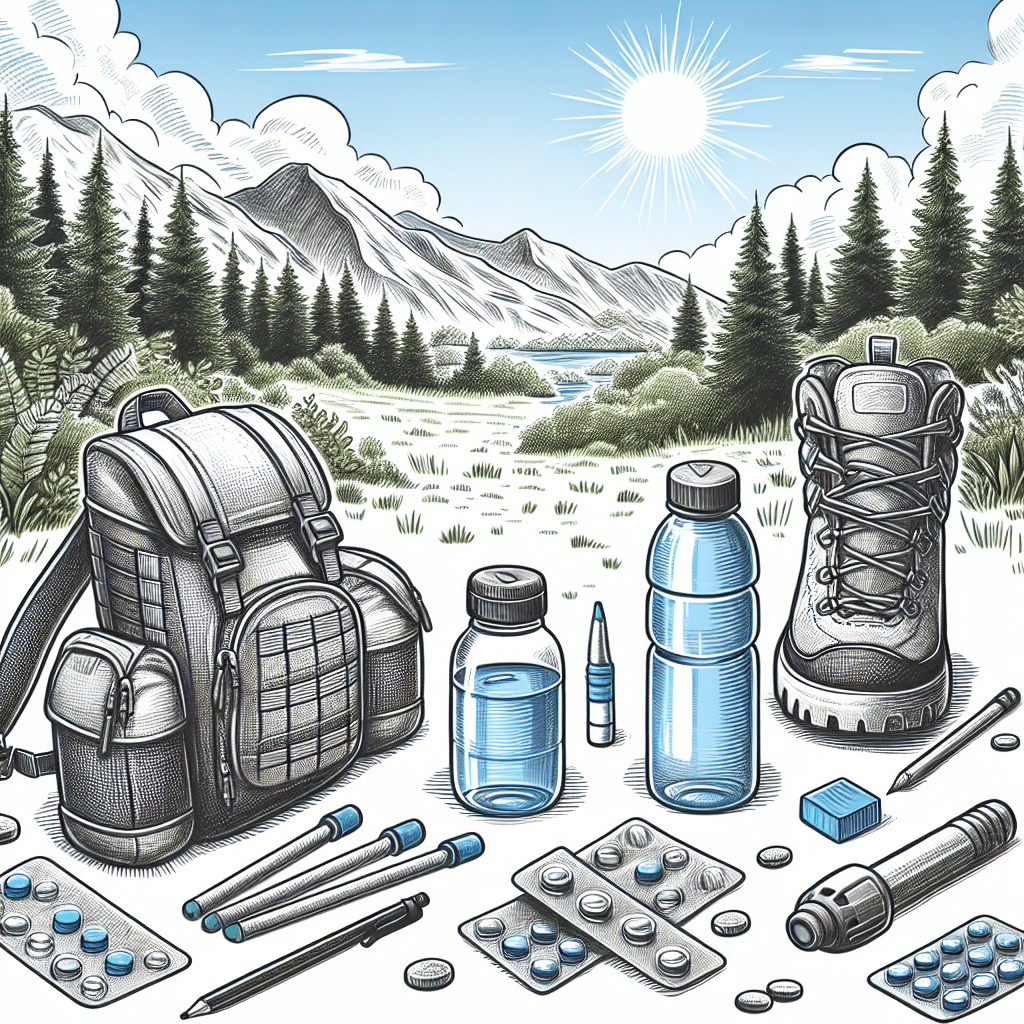Understanding Hydration Needs
Choosing the right hydration strategy is crucial for any outdoor adventure. Factors influencing hydration needs include temperature, altitude, intensity of activity, and individual physiology. On average, individuals need about 2-3 liters of water per day, but this can increase significantly during strenuous activities. Monitor your hydration levels by checking the color of your urine; a light straw color indicates proper hydration.
Hydration Packs
Hydration packs are a convenient and efficient way to ensure you have easy access to water on the go. Here are the benefits:
- Hands-Free Hydration: Built-in drinking tubes allow you to sip water without stopping your activity, making them ideal for hiking, biking, or climbing.
- Capacity: Most packs can hold between 1.5 to 3 liters of water, ample for day trips.
- Storage: Many packs also offer additional compartments for essentials like snacks, first-aid kits, and gear.
Water Bottles
If hydration packs aren’t your style, consider high-quality water bottles. Choose stainless steel or BPA-free plastic bottles to keep water fresh. Here are some tips when using them:
- Choose Insulated Options: Insulated bottles maintain water temperature, keeping it cool on hot days.
- Size Matters: Opt for smaller bottles for quick sips or larger ones for longer outings.
- Easy-Clean Designs: Look for bottles that are easy to disassemble, making cleaning a breeze after your adventures.
Electrolyte Enhancement
During strenuous outdoor activities, especially in hot weather, your body loses electrolytes along with water. Here are some natural ways to replenish those lost salts and minerals:
- Electrolyte Tablets: Simple to carry, electrolyte tablets can be dissolved in water and are a great on-the-go option.
- DIY Sports Drinks: Mix water, a dash of salt, and natural sweeteners like honey or maple syrup. This homemade drink provides hydration and sodium loss due to sweat.
- Coconut Water: A natural alternative full of electrolytes, coconut water is great for recovery.
Monitoring Hydration
Staying hydrated goes beyond just drinking water. Here’s how to effectively monitor your intake:
- Set Reminders: Use smartphone apps or alarms to remind you to drink water at regular intervals.
- Hydration Journal: Keep a simple log of your water intake to ensure you are meeting your hydration goals throughout the day.
- Listen to Your Body: Pay attention to cues like dry mouth, fatigue, or headaches, which may indicate dehydration.
Hydration Stations
If you’re planning a long trek, consider setting hydration stations along your route. Pack collapsible water containers at strategic points. This allows you to refill and stay topped up without carrying excessive weight. Check local guidelines regarding sourcing water from natural streams or lakes; always purify before consumption.
Staying Hydrated in Cold Weather
Staying hydrated during cold-weather adventures can be challenging, as you may not feel thirsty. Here are some winter hydration strategies:
- Warm Hydration: Carry insulated bottles with warm beverages like herbal tea or broth, both comforting and hydrating.
- Add Flavor: Enhance water with natural flavors, such as fruits or spices. Sweet potato slices, for instance, can infuse a beneficial mix of electrolytes.
- Carry Extra: In cold conditions, it’s wise to carry additional hydration supplies as freezing conditions may impact your supplies.
Hydration While Hiking
Hiking presents unique hydration challenges. Here’s how to stay hydrated:
- Pre-Hydrate: Drink water before you head out. This primes your body for physical exertion.
- Sip Regularly: Take small sips every 15-20 minutes instead of gulping down large amounts infrequently. This allows for better absorption.
- Plan Your Route: If possible, choose trails with water sources. Familiarizing yourself with known drinking spots can ease hydration concerns.
Hydration for Multi-Day Adventures
For extended trips such as backpacking or camping, consider these strategies:
- Water Filters and Purifiers: Invest in compact filtering systems to purify water from natural sources, ensuring safety and reducing weight from carrying excessive water.
- Plan Meals Wisely: Include meals that are high in water content, such as fruits and soups, to supplement your hydration.
- Establish a Schedule: Set designated hydration times throughout the day to maintain consistent fluid intake.
Avoiding Dehydration Symptoms
Recognizing the early signs of dehydration is crucial for keeping your outdoor adventures enjoyable. Be aware of:
- Mild Symptoms: Dry mouth, fatigue, and headache are initial warning signs. Increasing water intake immediately can prevent escalation.
- Severe Symptoms: Nausea, dizziness, or confusion indicates serious dehydration. Stop your activities to focus on rehydration and consider seeking medical attention if symptoms persist.
- Know Your Limits: Adjust your activity according to your hydration level and the environmental conditions. If you’re feeling unwell, it’s better to cut your adventure short than to risk serious dehydration.
Conclusion
By being proactive about hydration, incorporating effective strategies, and choosing the right equipment, you can ensure a safe and enjoyable outdoor experience, regardless of the adventure you undertake. Always remember that proper hydration is not only essential for physical performance but also for enjoying and savoring the beauty of nature around you.
